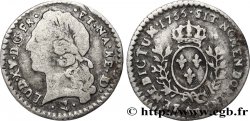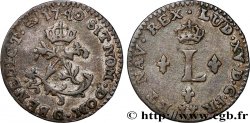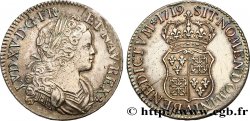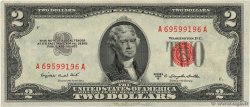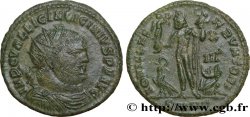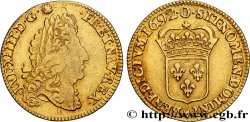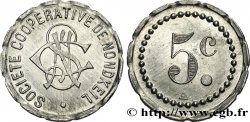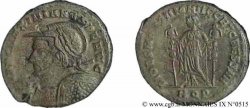Live auction - bry_564178 - LOUIS XV THE BELOVED Écu dit "de France", fausse réformation 1721 Lille
You must signin and be an approved bidder to bid, LOGIN TO BID. Accounts are subject to approval and the approval process takes place within 48 hours. Do not wait until the day a sale closes to register. Clicking on "BID" constitutes acceptance of the terms of use of cgb.fr private live auctions.
Bids must be placed in whole Euro amounts only. The sale will start closing at the time stated on the item description; any bids received at the site after the closing time will not be executed. Transmission times may vary and bids could be rejected if you wait until the last second. For further information check the Live auction FAQ
All winning bids are subject to a 18% buyer’s fee.
All winning bids are subject to a 18% buyer’s fee.
| Estimate : | 380 € |
| Price : | 240 € |
| Maximum bid : | 305 € |
| End of the sale : | 28 January 2020 16:25:36 |
| bidders : | 5 bidders |
Type : Écu dit "de France", fausse réformation
Date: 1721 Rf
Mint name / Town : Lille
Metal : silver
Millesimal fineness : 917 ‰
Diameter : 39 mm
Orientation dies : 6 h.
Weight : 24,04 g.
Edge : (fleuron) DOMINE (fleuron) (lis) (fleuron) SALVUM (fleuron) [...]FAC (fleuron) (lis) (fleuron) REGEM
Coments on the condition:
Cet écu est frappé sur un flan assez large et irrégulier. Exemplaire présentant des restes de gravure de la pièce réformée. Le gland situé sous le buste est celui de la pièce réformée
Predigree :
Exemplaire provenant de la collection Denise et Gaston
Obverse
Obverse legend : LUD. XV. D. G. FR. ET. NAV. REX.
Obverse description : Buste juvénile de Louis XV à droite, lauré et cuirassé.
Obverse translation : (Louis XV, par la grâce de Dieu, roi de France et de Navarre).
Reverse
Reverse legend : .SIT. NOMEN. DOMINI. - W - .BENEDICTVM (TRÈFLE) 1721.
Reverse description : Écu de France couronné.
Reverse translation : (Béni soit le nom du Seigneur).
Commentary
Nous avons déjà recensé trois autres exemplaires de cette fausse réformation issus des mêmes carrés de droit et de revers. Ces faux ont certainement été frappés en Belgique. Cf. article d’Arnaud Clairand dans le Bulletin Numismatique n° 192 (décembre 2019). La tranche est parfaitement marquée.







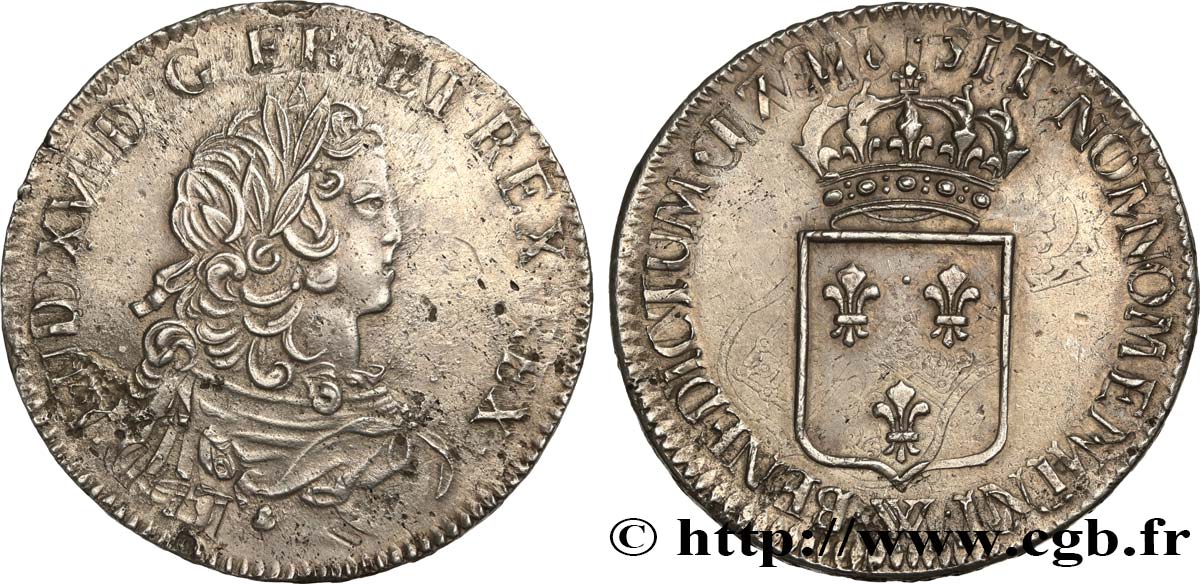
 Report a mistake
Report a mistake Print the page
Print the page Share my selection
Share my selection Ask a question
Ask a question Consign / sell
Consign / sell
 Full data
Full data